I paint with acrylics. And like to paint on paper, because I enjoy the feeling of the thinned paint soaking into the surface. I have never been a fan of prepping the surface with either gesso or mat medium, because both ways creates a barrier between the paper and my paint. Might all be because I started to learn how to paint with watercolors, and that feeling has stuck with me. i slowly transitioned from watercolor into gouache and for a couple of years tried to make gouache look and behave like if it was oil paint. All of my inspirational artists were painting in oils and created fully painted images that did not look much like the colored line art drawings I was doing. When I learned how to paint acrylics it fast became a matter of trying to cover the out lines in order for me to make my “colored drawings” look like real paintings – fully pained figures.
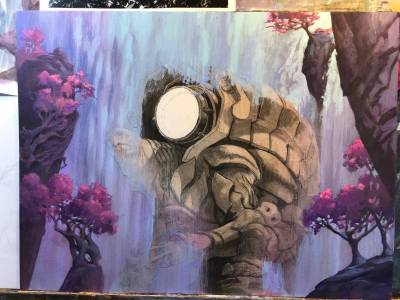
The lines of the waterfall in the background really needed to not bend around the figure or it would look like he was standing in the waterfall rather than in front.
And that is how I came to be using airbrush masking film. I had learned to use it back in the late 80ies when I messed around with airbrush painting. In airbrush painting its practically impossible not to use masking since the spray is so fine and without a pint like a brush. I found out from my first acrylic paintings that I covered up too much of my delicately sketched figure when trying to paint the back ground first. As soon as I started masking out the figure I found a freedom in dividing up the painting like that. In masking out the figure, and not having to bend my strokes or be careful not to paint away parts of a face or a outstretched hand. I noticed how more lose my strokes became. My backgrounds went from being painted around the figure with smaller and more controlled brushstrokes, to being wider and bigger and almost reckless and wild. But mentally it also allowed me to divide the painting into more manageable bites. Background first, then figures.
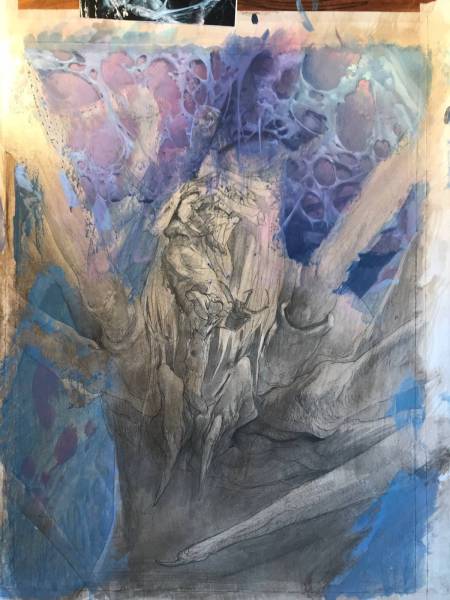
The arm and area around the face is almost fully covered with background paints. Especially with things like an outstretched arm its very useful and lets the strokes continue on both sides of the arm without bending.
My work mode now for backgrounds is to try and create a softer look so it almost feel like a camera out of focus. In painting softer back grounds I let the eye rest more effortlessly on the main topic being the figure. Having the figure protected by the film, lets me paint with a wide flat brush in the background and thus creating a less detailed and attention grapping painting around the main thing. What I will sometimes do, is paint a background and then right before I peel away the film, I will add a thin layer of the lightest color in the background to the elements that seems to full of contrast. then, while keeping it wet, I brush out the layer with a fan brush to “kill” all the contrast or too hard detailed that I unwillingly might have created. Its hard to not try and paint things looking great and sharp and nice looking in the background: Especially since the main thing the figure is covered up and away. What’s left IS the background and the mind tricks you into saying “paint it good”. So this last step of me brushing away a lot of details and contrast is sort of like when you in photoshop adds a layer of color into the background and puts it in 15% just to make the whole background less dominant. I would not have been able to work like this without the air brush masking film. I found out that blowing in the film with a blowdrier makes it slip more easily and not rip the paper edges and tear the painting ( Yes; that’s a learning experience by trial and errors )


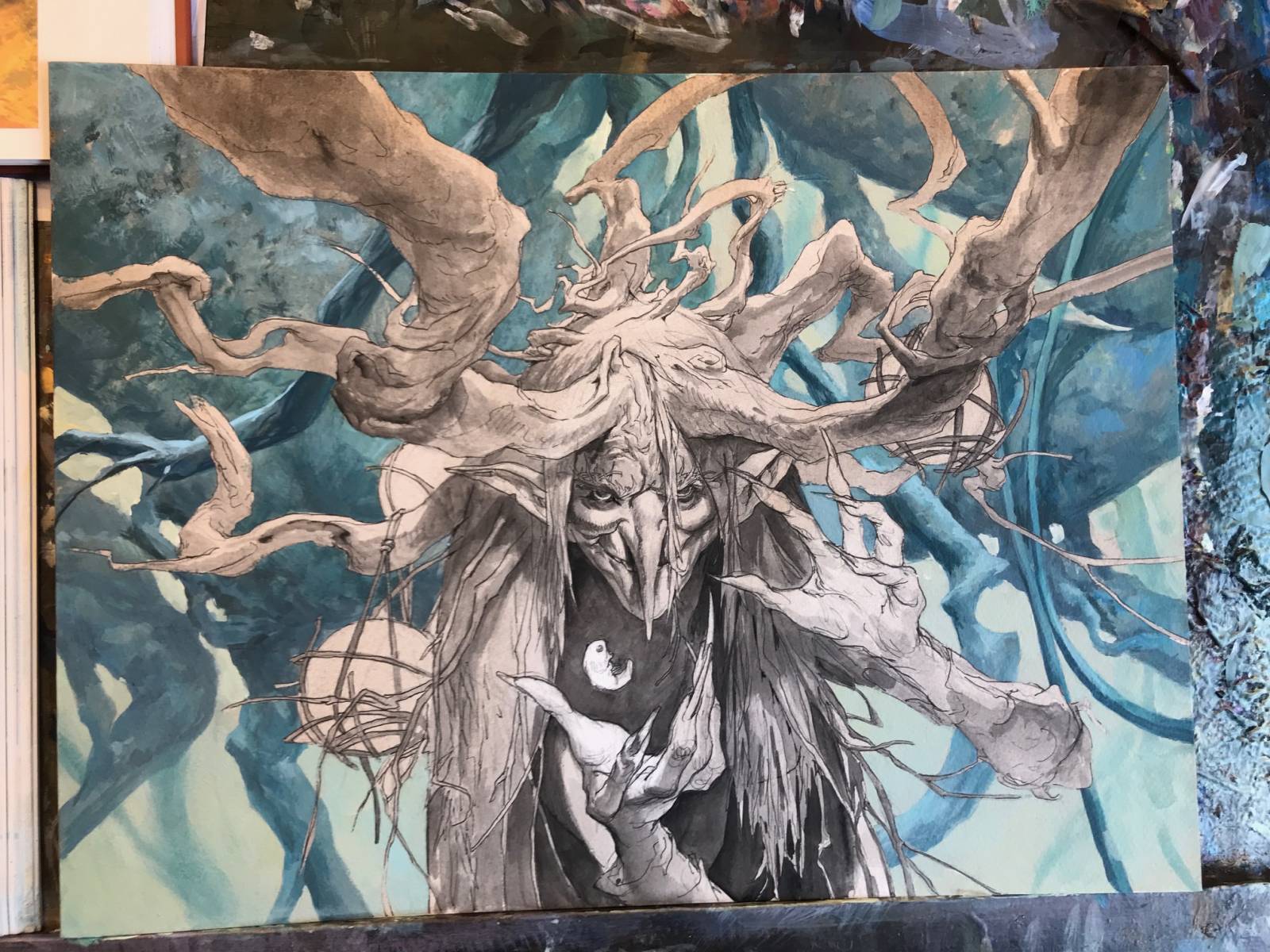
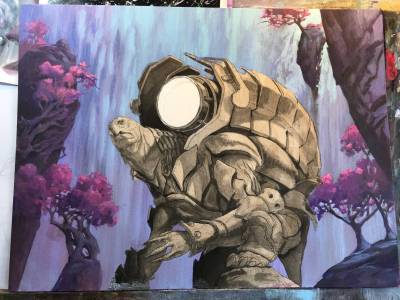
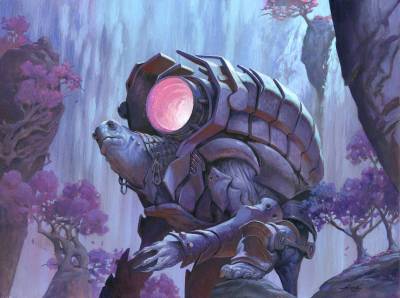
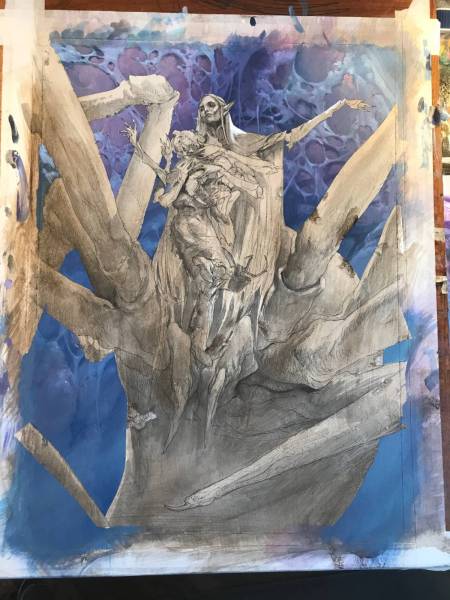
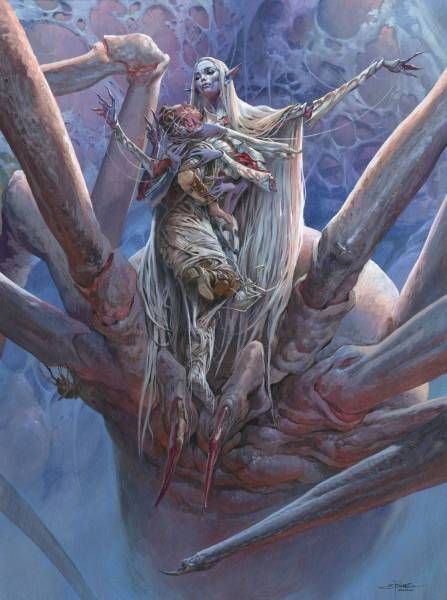
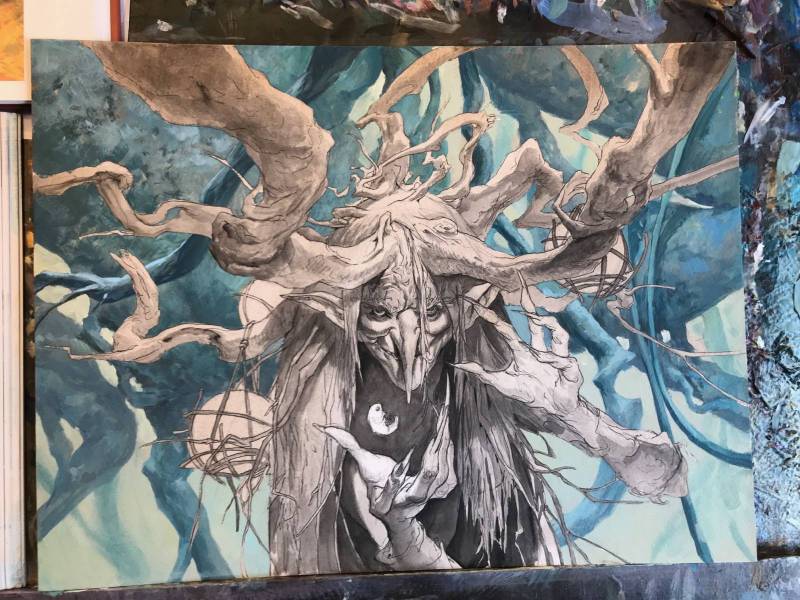

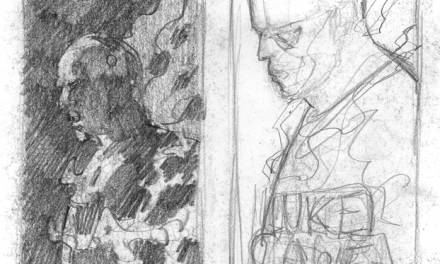
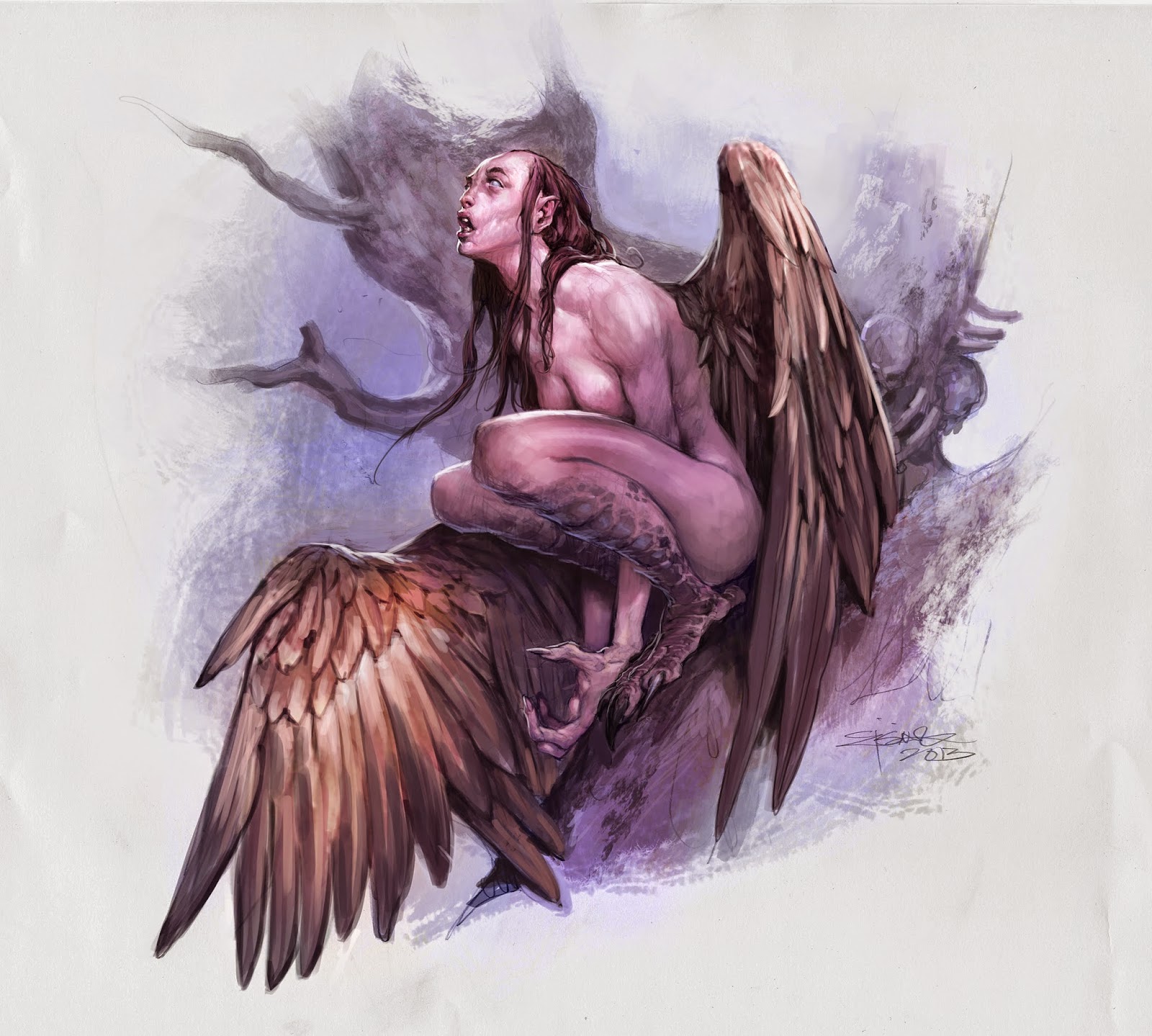
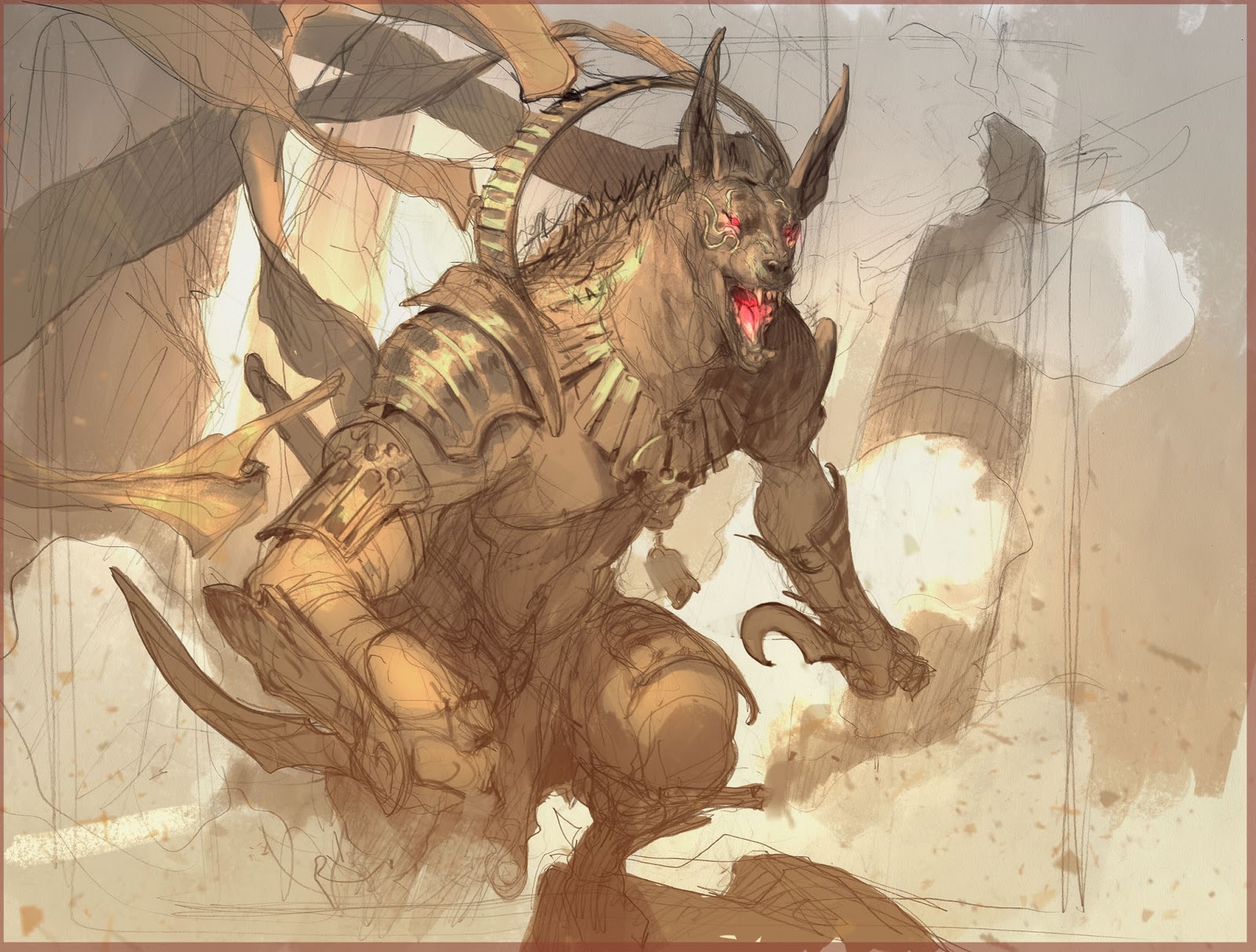
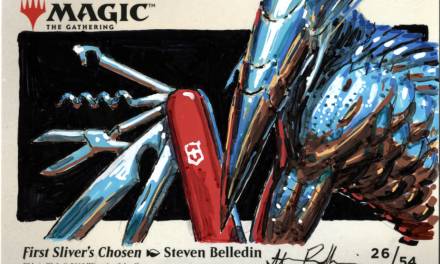

Great tip about the hair drier to loosen the glue on the friskit airbrush film. I too have been playing with unifying washes to push backgrounds back and bring all the colors together. Those spiderweb backgrounds are awesome.
I loved the painting on the first video! I saw that you have a wet palette for golden acrylics too. I was wondering what paper you used for these final pieces?
I always look in awe on how you plan these paintings. The idea of playing the long game and building up layers to the right value seems very stressful. Getting the variety of edges you get with acrylics too is amazing, instead of softening I feel all I do is move paint left and right. I relate to the colored drawings, my acrylics especially have this funny middle ground where with or without lines neither look quite right. Your design of all the organic subjects like trees branches hair is so gestural and elegant.
Thank you so much for this article! It definitely answers a lot of the questions I had regarding your masking technique!
I figure that you still have to prepare the frisket sheets so they match the shapes you need to cover and then make the finishing touches with some masking fluid for the edges of the covered area, but that is such a time saver in the end anyways!
It’s very interesting as well to have an insight into your way of painting backgrounds there and how using those sheets helped you improve your way of painting more freely.